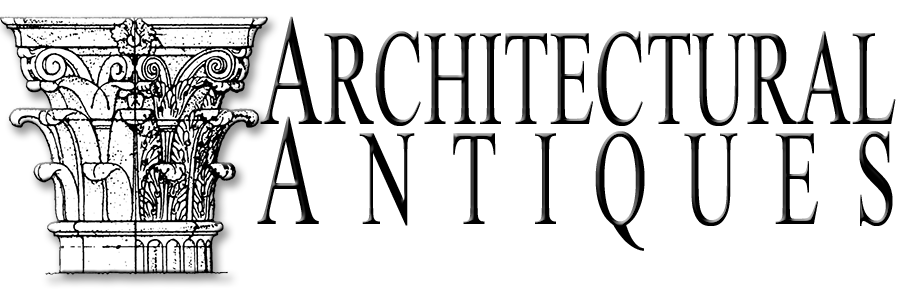As one of Minnesota's premier interior design firms of the early 20th century, the work of John S. Bradstreet & Company is found in many prominent homes in South Minneapolis. As discovered in the attic of a East Calhoun Boulevard address, covered with decades of dust, only with a professional cleaning did we discover what we thought lay beneath these Bradstreet Beauties.
The Arts and Crafts movement began in post-Victorian era England. This was during a time at which concerns about the industrialization of life moved some to re-evaluate the importance of hand-craftsmanship, and see it in a positive light.
As with many designs in America today, and even in the within the last century, architecture has become a mixture of styles.
In 1851, the Crystal Palace, a huge exhibition center made from steel and panes of glass revolutionized the use of glass as a material for domestic architecture.
We receive a lot inquiries about antique showers. Many, many people also comment to us that the bathrooms in their pre-1930s houses, and especially Victorian or Arts & Crafts era homes, lack a shower altogether. And many of these homes are upper class houses or mansions, and even they do not have so much as one shower anywhere in the house!
We loved pushing through them as kids, and now we recognize them as grand entryways to skyscrapers, luxury hotels, and fancy downtown department stores.
The Romantic English revival period gained popularity in the United States in the early 20th century. This style was partially influenced by the Queen Anne movement that took place during the end of the Victorian era.
The mid-century brought industrial looking furnishings in classrooms, and offices. The availability of materials that had been used to produce war products could be used for mass produced furnishings.
How did we find out the history behind the inventory?
This is a fully functioning 12’’ diameter signal and search light that has been in use since its production in the 40’s. This amazing piece is a must have for any collector of nautical memorabilia, or any connoisseur of U.S. Naval history worth his weight in salt water.
In Boston, on March 10, 1876, Alexander Graham Bell transmits the first complete message - “Mr. Watson, come here, I want you!” - with the use of his invention, the telephone
Stone has a long history in architecture. From ceremonial stone runes in the European continent, to polished, white stone in Greco-Roman classical orders, to mountain shaped stone temples of Southeast Asia, to the stone block pyramids in Latin America, stone is one of the most commonly used building materials you can find across all continents.
If you’ve seen this kind of chair before you’ve probably equated it with royal court or ecclesiastical uses. X-shaped frame chairs were first used in Ancient Egypt, Rome, and Greece used by authorities or magistrates.
Foundry molds and patterns are wooden tools, carved out or built up to create negative space, which in turn is used to make the inverse form or shape to be used for the casting of metal.
In the late 19th century, the print house Curtis & Cameron began to produce prints to help share important works of art.



















